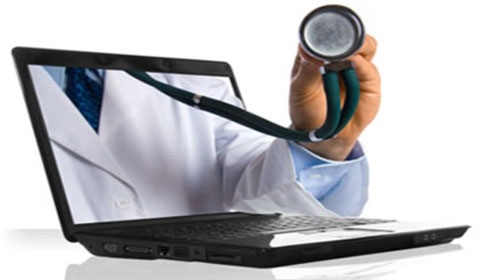Remote patient monitorning technology continues to be adopted, but ACOs have concerns about the clinical efficacy and the return on investment of this technology.
July 10, 2013

A new report reveals that while remote patient monitoring technology continues to be adopted, healthcare providers, especially ACOs, have real questions about the clinical efficacy and the return on investments of this technology.
Remote monitoring technology had the largest traction among home health agencies, the Spyglass Consulting Group found in its recently released report - Healthcare without Bounds: Trends in Remote Patient Monitoring 2013. In fact 87% of the home health agencies had adopted some kind of remote monitoring technology.
"Remote patient monitoring technology is a slam dunk for the home health agencies," said Gregg Malkary, founder and CEO of the Spyglass Consulting Group, which did a similar study of remote monitoring four years ago.
For this year's report, the firm conducted in-depth interviews of 100 professionals in separate organizations. Of these, 48 represented home health agencies, 27, large, multi-hospital health systems,16, standalone community hospitals, three were payers and six were thought leaders.
Among health providers - 43 when the multi-hospital and standalone community hospitals are combined - 55% have deployed remote monitoring technology. But 49% of this subgroup of hospitals and health systems, majority of whom are already in an ACO or in the process of joining one report that they have concerns about the use of the technology.
Specifically:
71% expressed concerns about integrating RPM technology with existing clinical care processes and clinical information systems including their EMRs. Many of them lack qualified personnel, care process, technical infrastructure and tools to remotely support, manage and monitor patients residing in their homes.
58% said that RPM technology does not provide adequate support for clinical analytics and decision support tools, which allow them to turn raw patient data into actionable knowledge and insights based on evidence-based medicine.
49% expressed concerns about the clinical efficacy of RPM tools and how easily they can be integrated with existing clinical processes and systems. They were also concerned about the comparative effectiveness of RPM technology versus alternative less expensive medical interventions.
In fact, a remark of one chief nursing officer at a Missouri community hospital contained in the report explains the skepticism that ACOs are demonstrating.
Clinical evidence to support widespread deployment of RPM technology is still quite weak. Published clinical trials over the past 25 to 30 years have been limited in size and scope and have not successfully demonstrated their efficacy especially within a larger health system that is trying to manage and coordinate care across the community and region.
-- By Arundhati Parmar, Senior Editor, MD+DI
You May Also Like


